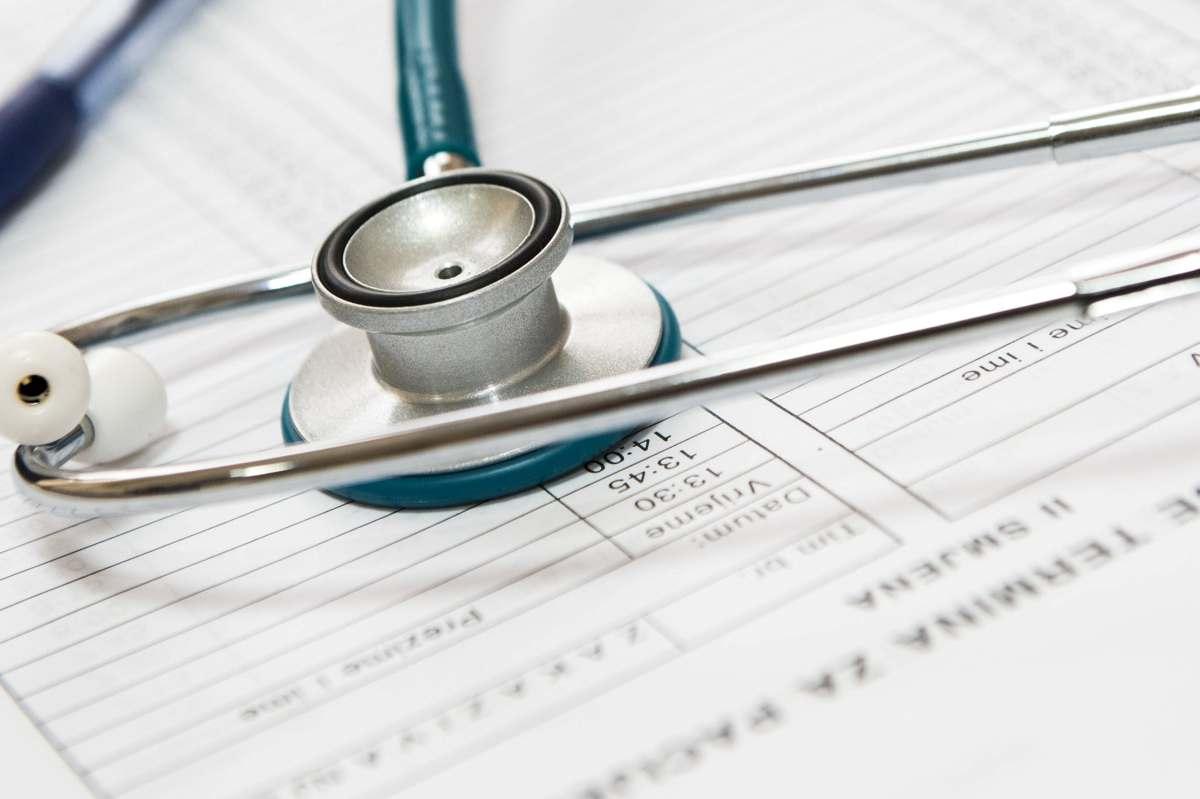5 Ways to Manage Medical Clinic Data

Proper medical clinic data organization is vital to patient care optimization. As your practice grows, your patient records increase and can become too hard to track if handled and stored haphazardly. Having your practice’s clinical data well organized and secure makes information easier to retrieve and allows caregivers to seamlessly share patients’ medical records and deliver superior care.
1. Use Electronic Medical Record Software
Electronic Medical Record (EMR) software enables healthcare providers to store and access patient information digitally. The tool records a patient’s clinical data, including medical history, diagnoses, and treatment plans. Implementing this system can help you improve patient care in ways such as:
- Implement a consistent flow of clinical data
- Enable the quick and secure sharing of patient information between caregivers and medical facilities, boosting coordination of care
- Save data storage/retrieval time and costs
- Boost patient care safety by reducing medical documentation errors
- Cost-effective data management with the ability to deploy cloud-based IT resources at scale
- Streamlining e-billing and e-prescriptions
- Digitization of medical records enables you to see many patients at a time
During the switch to better organized medical data handling, it’s important to avoid interrupting care at your practice. You should prepare for an EMR conversion to ensure the process goes smoothly. With a proper transition plan, you can map all medical data correctly while fostering the continuity of high-quality patient care.
2. Change Passwords
The best practice for all medical employees accessing electronic health records is to use strong passwords that are difficult for cyber attackers to guess. Nonetheless, hackers may find a clever way to steal or retrieve important IT security credentials, such as through phishing. That’s why medical practices may require their nurses, doctors, and other caregivers to change their passwords often.
As most cybersecurity experts recommend, your medical staff should change their passwords at least once every three months. This practice is also necessary once you become aware of a data breach in your organization. The objective is to render useless any possibly stolen security credentials.
Note that former staff members with access to your IT systems can also be a password security threat. If many practitioners leave your healthcare practice at once, system administrators should reset their passwords. This move will prevent authorized access to your electronic healthcare data.
3. Protect Data
Just like any other digital file system, your electronic medical information is a potential target for hackers. You should protect your patient data by all means to avoid costly consequences. These can range from liability lawsuits to data compliance penalties.
The Health Insurance Portability and Accountability Act (HIPAA) spells out critical measures you can take to optimize medical data security for your practice. For example, encrypt any WiFi networks your employees use to connect to your EMR. It’s important to train your employees on best practices for EMR security, including HIPAA rules. Your staff should also know about your organization’s portable device security policies.
4. Hold Data Workshops
Conduct cybersecurity awareness seminars to educate your employees. They can be the weakest link even after you’ve implemented state-of-the-art medical data security. Your data workshops should focus on modern IT security threats and how employees can avoid falling victim. Consider regularly inviting speakers to address your employees on common ways to secure data.
Be sure to offer cybersecurity training to new employees on topics such as:
- Observing your cybersecurity policies and what to do after a data breach
- How to recognize hacking threats, such as spoofed phishing emails
- Strong password policies and multi-factor authentication requirements
- Recognizing and thwarting social engineering threats
- How to safely use technology
- Regulatory compliance (HIPAA, PCI, etc.)
5. Stay Organized
Keeping your medical data organized makes it easier to retrieve and share among caregivers. It helps provide a broader picture for each patient’s health information, enabling quality of care optimization.
If you’re storing your data on a computer, you can organize it into folders and make it easy to search.
As time is critical in all medical emergencies, ensure nurses can pull up patient records quickly. Have a system in place to update all data and keep it relevant to improve coordinated administration and management of healthcare. This makes it easier for your team to provide quality care rather than waste time searching through old records.
Better Data Organization
With a centralized repository for digital medical records, caregivers and clinics can easily coordinate patient care. Real-time access to the information enables medical staff to provide more effective diagnoses and treatments quicker. Besides streamlining administrative workflows and boosting personnel productivity, secure file organization fosters compliance with relevant healthcare data security rules. Ultimately, organizing your clinical data means better patient care.